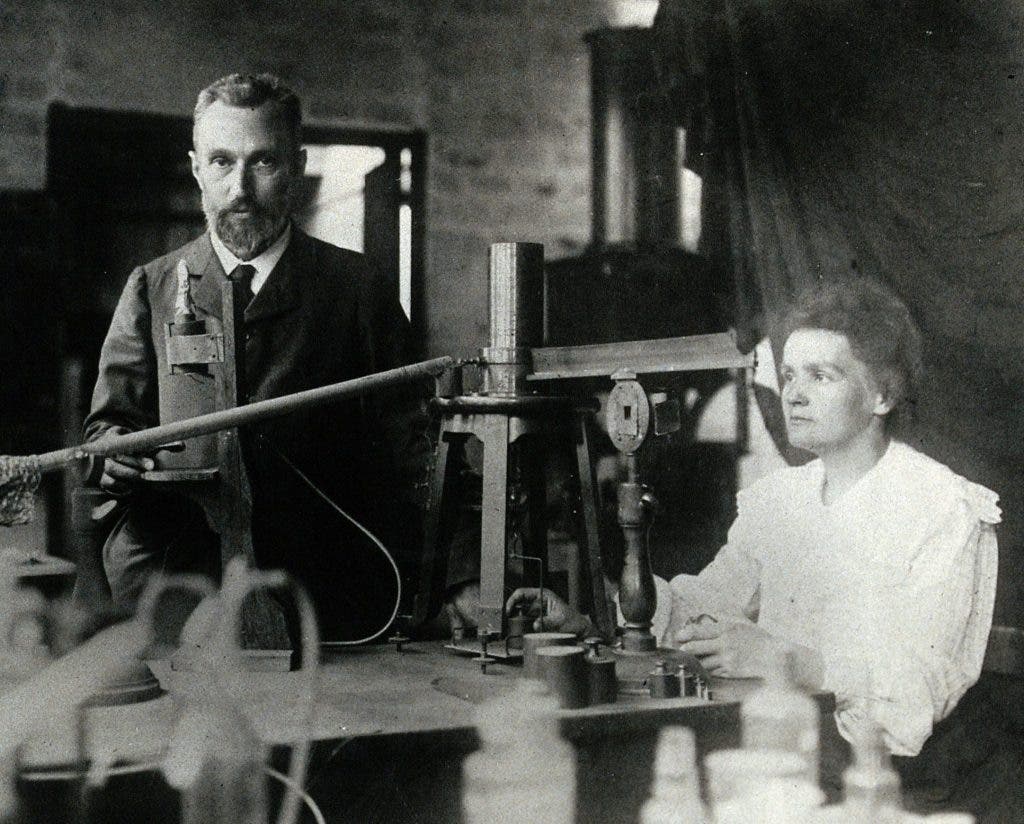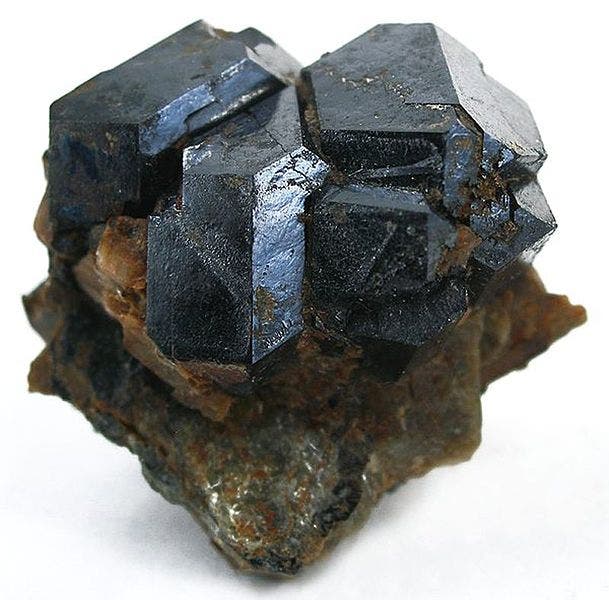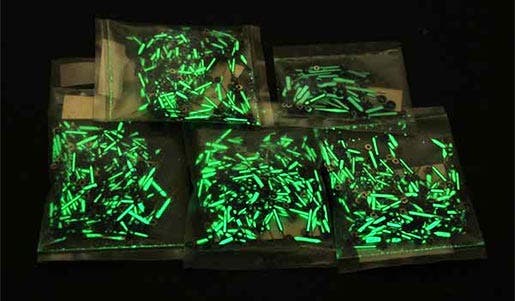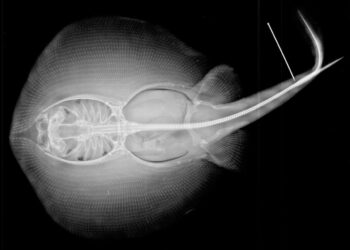A motif present in virtually all Balkan countries’ folklore is that of the creator sacrificing part of himself for his work. In Romanian folklore, this theme surfaces in the story “Meşterul Manole“, who immured his wife in the walls of the monastery he was tasked with building. I couldn’t help but remember that story as I was reading about the Curies, who laid the groundwork on which our understanding of radioactivity is based.

Image via Wikimedia, author unknown.
Marie Curie, born Maria Sklodowska in Warsaw on November 7, 1867, was the daughter of a secondary-school teacher. She received a general education in local schools with some scientific training from her father. In 1891, she went to Paris to continue her studies at the Sorbonne University where she obtained Licentiateship in Physics and Mathematical Sciences. There, she met Professor of Physics Pierre Curie and in 1895 they got married.
But that’s just context — this story starts in 1895, when German physicist Wilhelm Roentgen discovered X-Rays but couldn’t uncover the mechanisms by which they formed. One year later, in 1896, French Nobel Laureate Henri Becquerel discovered that uranium salts spontaneously emit radiation very similar to X-Rays and proved that they originate from the uranium atoms.

Image via wikipedia, credits to Rob Lavinsky.
Intrigued by these findings, Marie started her own research on pitchblende, today sought-after as an uranium ore. Using a version of the electrometer that her husband had developed fifteen years earlier, she discovered that the “uranium rays” caused the air around the samples to simply conduct electricity. Using this method, she observed that the pitchblende with higher uranium content would give off stronger radiation. She also recorded this behavior in minerals containing thorium.
Then one day, as she was performing radioactivity measurements on a samples of pitchblende, she recorded a much higher radioactivity than its uranium content would allow for — and there’s no thorium in pitchblende. The only explanation was the presence of another, unknown radioactive element. This is when Pierre, excited by the idea of discovering a new element, put his own research aside and started working with Marie.
The two would go on to discover Polonium, named for Marie’s home country, and Radium, from the Latin word for ray, in 1898. They also coined the term “radioactivity” to describe the effects seen by Becquerel. Either together or separately, they published more than 32 papers, including the first paper to describe how tumors can be destroyed by exposure to radium. Their work attacked the previously held beliefs that atoms are indivisible.
Their work wasn’t even sponsored by the University, the couple drawing on private, corporate and government funds. Unaware of the dangers they were exposing themselves to, they worked either in their home laboratory or out in a converted, leaky shed next to the School of Physics and Chemistry. They wore no protective gear, just woefully inadequate lab coats.
Their achievements and vision helped shape the world as we know it. But as Uncle Ben used to say, “with great scientific results comes great genetic damage by processes you don’t yet fully understand,” or something close to that.
The Curies’ work literally bathed them in radiation, day in and day out for decades. They handled samples without any care or protective gear. They took the pieces of radium they were able to refine — and today we know this is the most radioactive element in the periodic table — in their bare hands to examine. Even when she wasn’t in the lab, Marie carried her passion with her: she would have test tubes of radioisotopes in her pocket or stashed in her desk drawer.

Image credits Mauswiesel.
The Curies knew about radioactivity but had no idea of the damage it was wreaking on them. Their research attempted to find out which substances were radioactive and why, so many dangerous elements–thorium, uranium, plutonium–were just sitting there in their home laboratory.
“One of our joys was to go into our workroom at night; we then perceived on all sides the feebly luminous silhouettes of the bottles or capsules containing our products. It was a really lovely sight and one always new to us,” she wrote in her autobiography.
“The glowing tubes looked like faint, fairy lights.”
Pierre died 19 April 1906, aged 46, run over by horse-drawn carriage on a rainy day in Paris. Marie continued their research and had several breakthroughs. She died at age 66 in 1934 from aplastic anemia, believed to be an effect of her prolonged exposure to radioactive materials.
Now, researching any famous historical figure is a daunting task, and there are mountains of obstacles to overcome if you want to get your hands on any of their papers or objects. But in the Curies’ case, it’s actually dangerous to do so. Because of how they worked, their papers, clothes, pretty much every worldly possession is still dangerously radioactive — and will be for at least 1,500 years to come. If you want to look at her manuscripts at France’s Bibliotheque Nationale, you first have to sign a liability waiver. Only then can you access the papers, which are stored in a lead-lined box.

Image credits The Wellcome Trust.
Their house remained in use up to 1978 by the Institute of Nuclear Physics of the Paris Faculty of Science and the Curie Foundation. Authorities finally became aware of how insanely dangerous it was when people in their neighborhood, suffering from very high rates of cancer, blamed the Curies’ home. The building and laboratory were decontaminated in 1991.
Marie Curie was an incredibly gifted person, and her achievements speak for themselves. From a humble birth, she was to become the first woman to ever hold the position of Professor at the University of Paris, the first woman to win a Nobel prize, the first and only woman to win it twice, the only person to have ever received the award in different fields of research and the first woman to be entombed for her merits at the Panthéon in Paris. Pierre was a pioneer in the fields of crystallography, magnetism and piezoelectricity, in addition to his work with Marie, for which he jointly received the Nobel Award.
Together, these two brilliant people forever changed how we understand the world we live in. They did so at a huge cost, with incredible levels of radiation exposure, that would in the end claim Marie’s life. But by tackling some of the deadliest forces known to man with their bare hands, they earned life unending in the scientific community.






